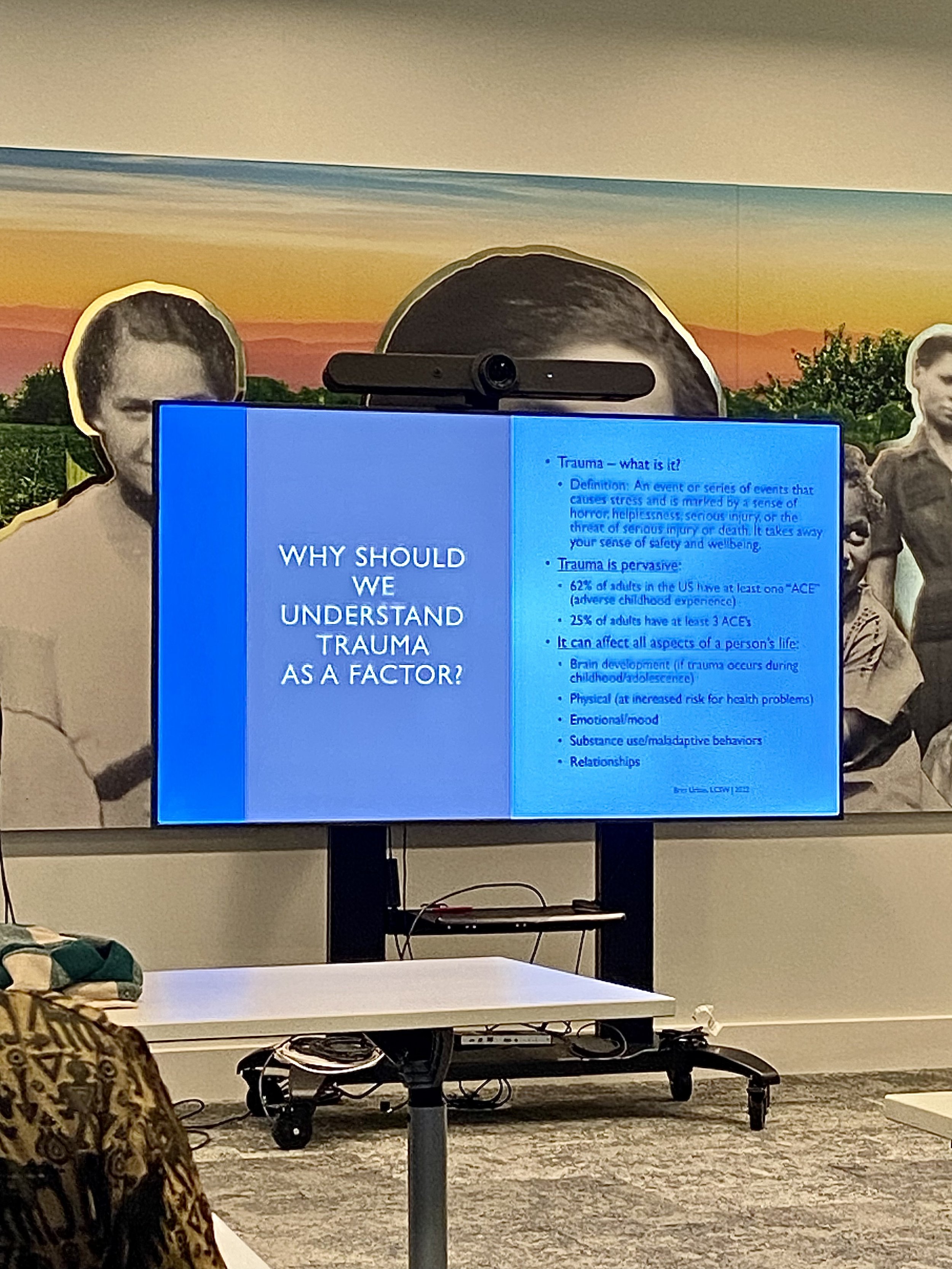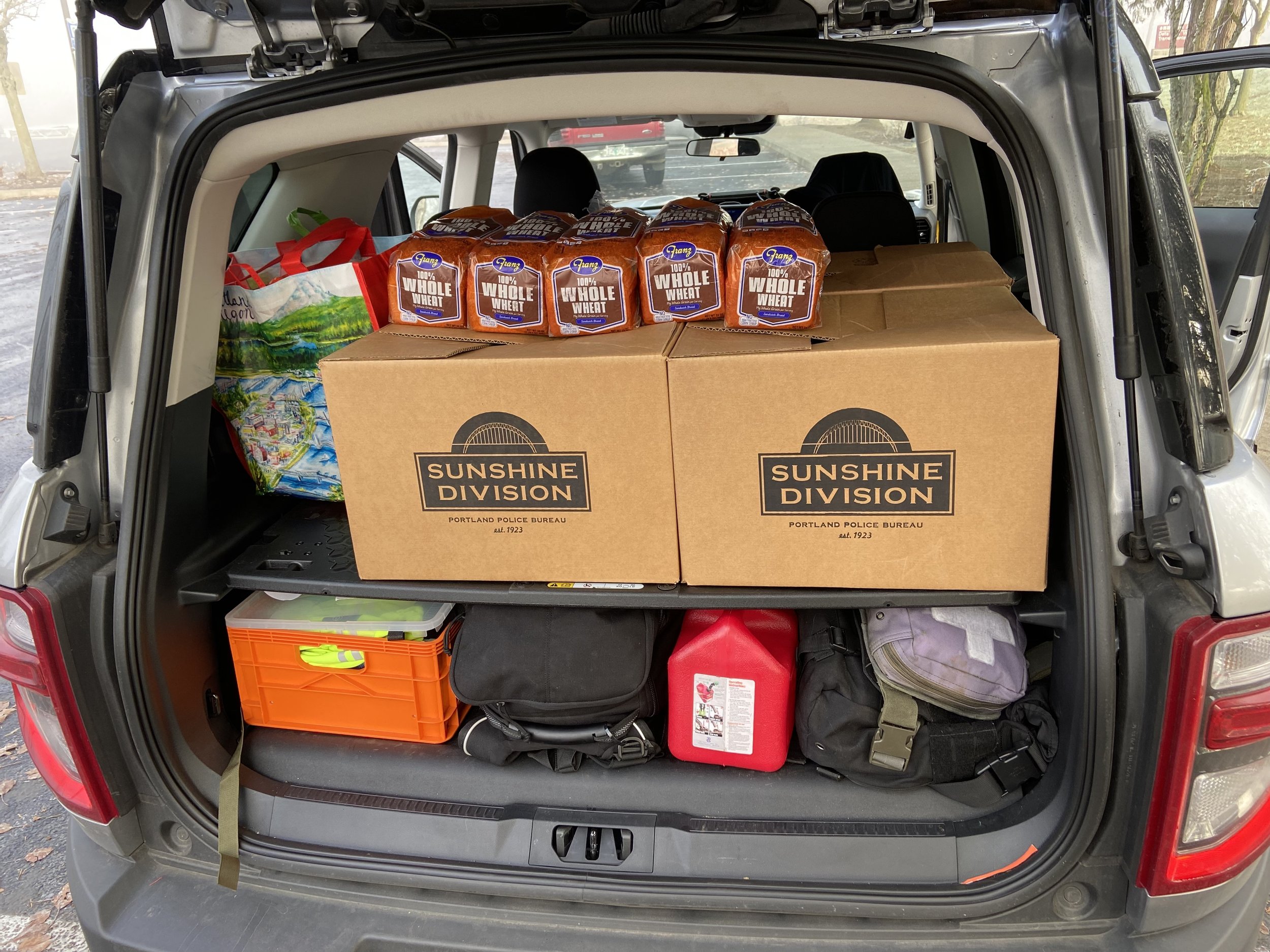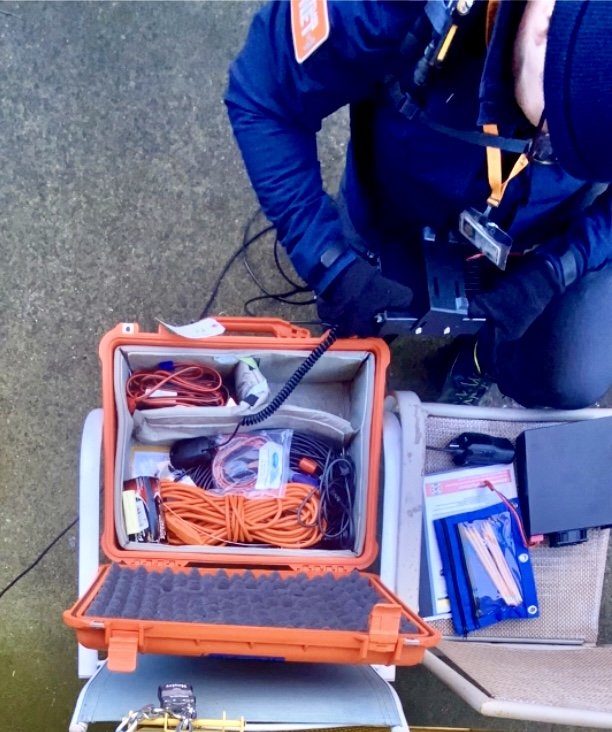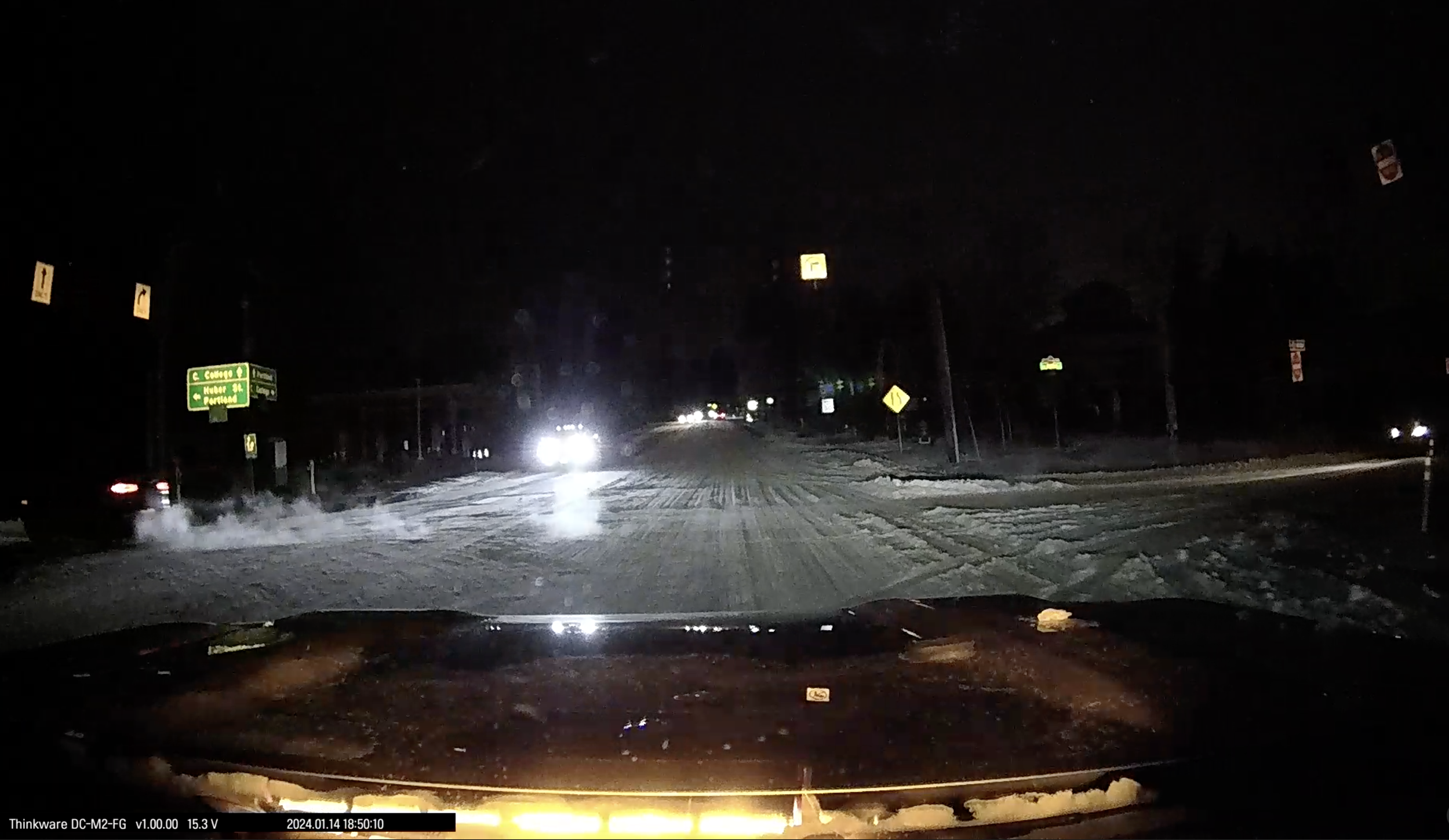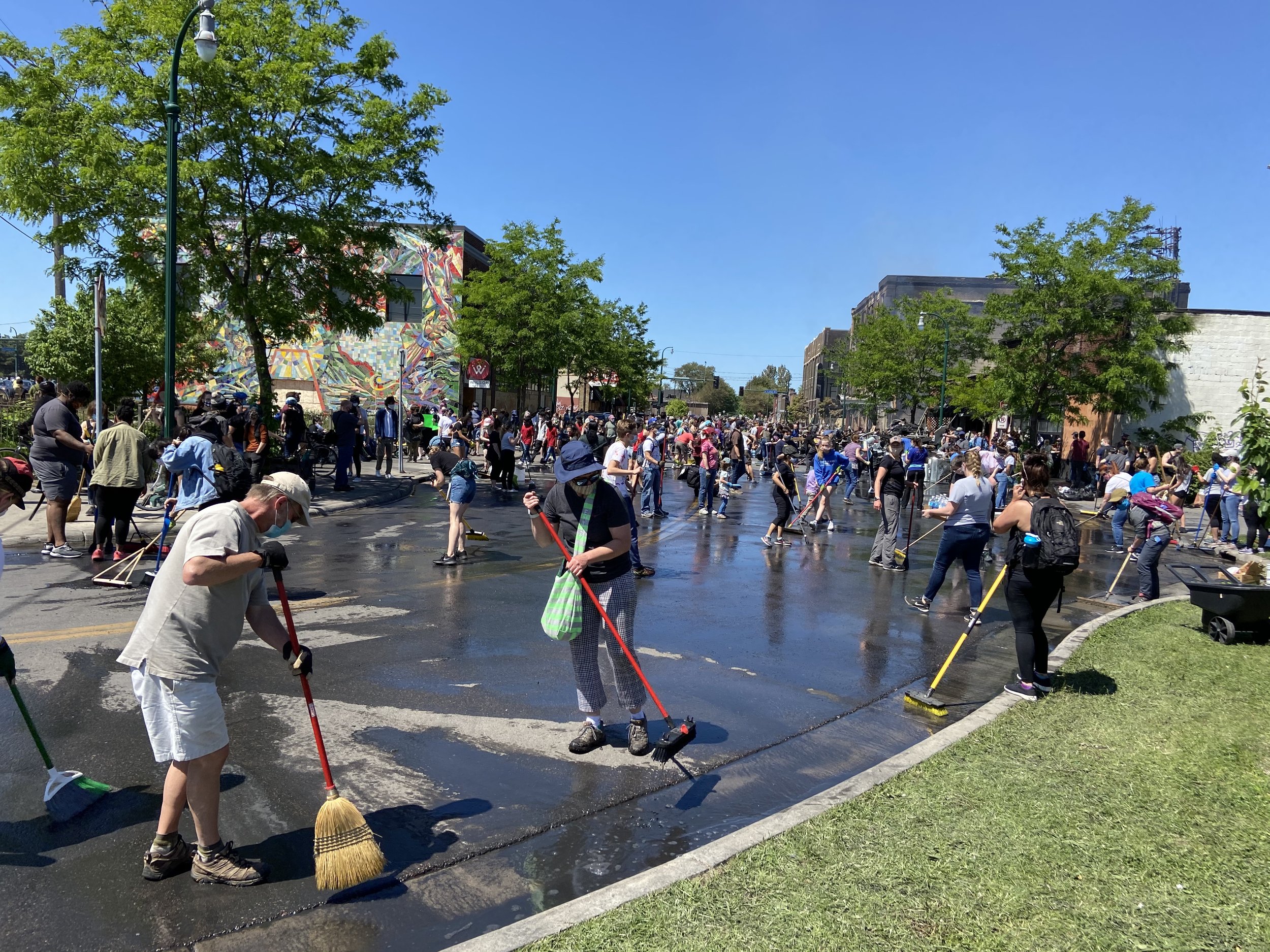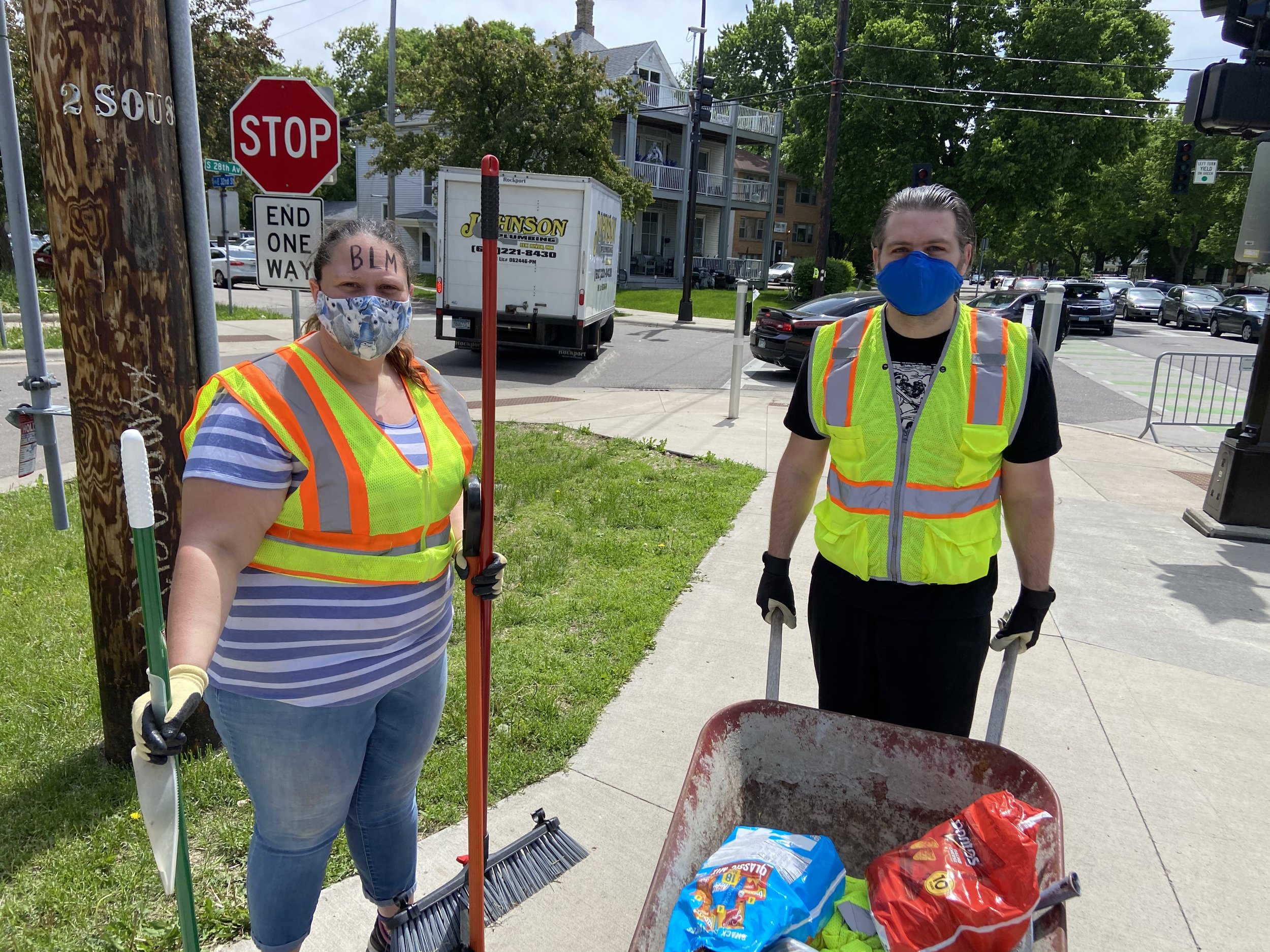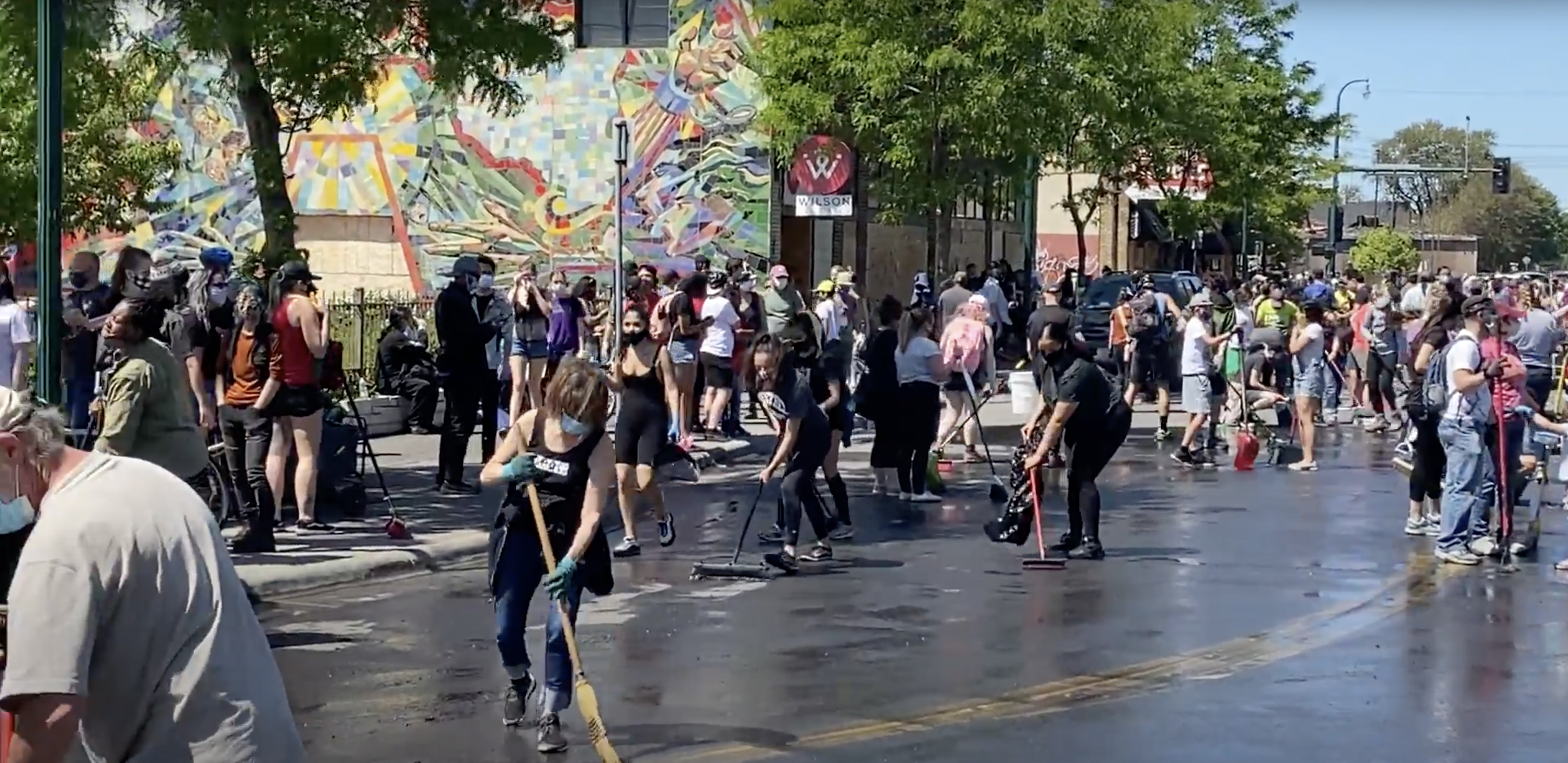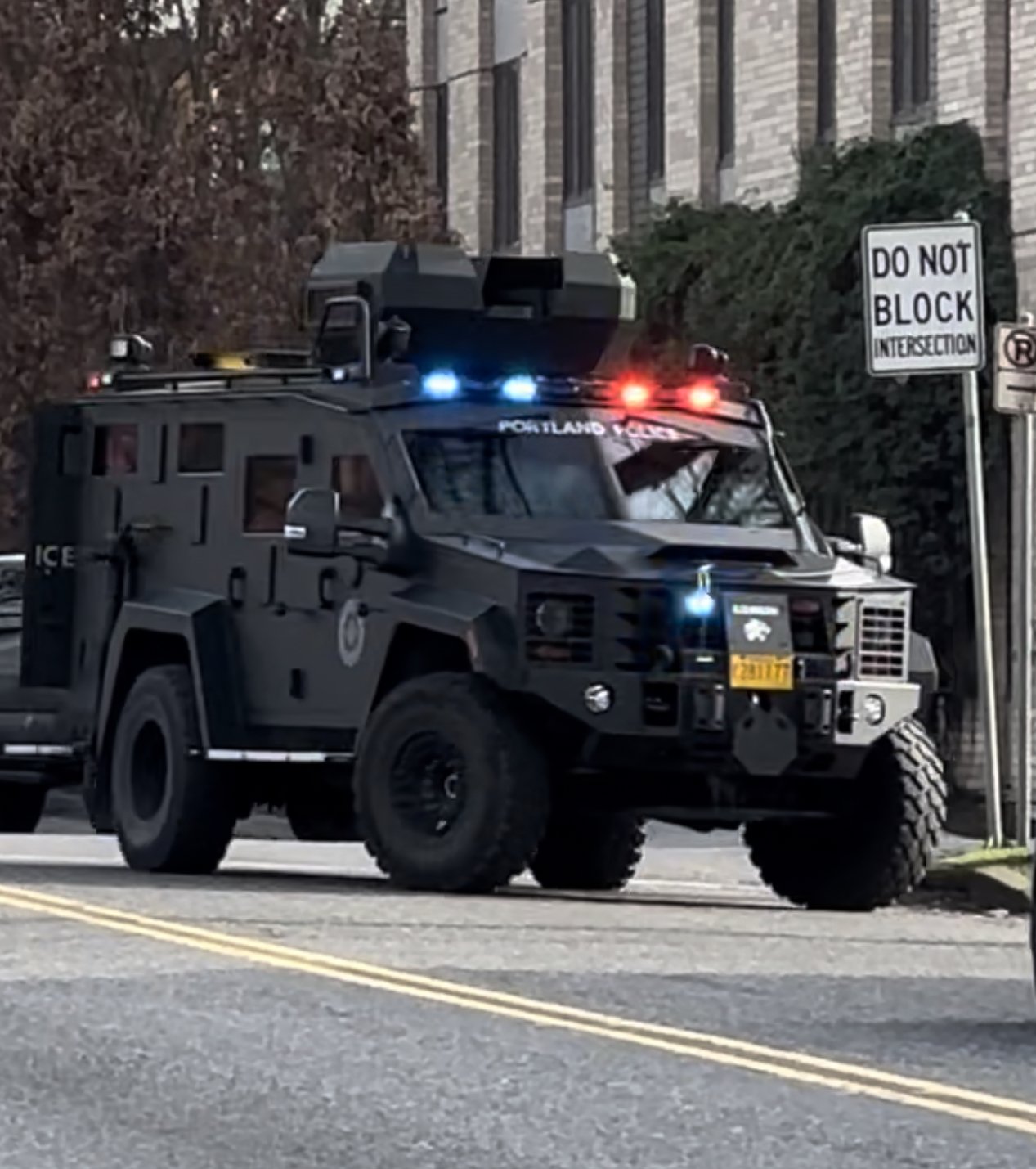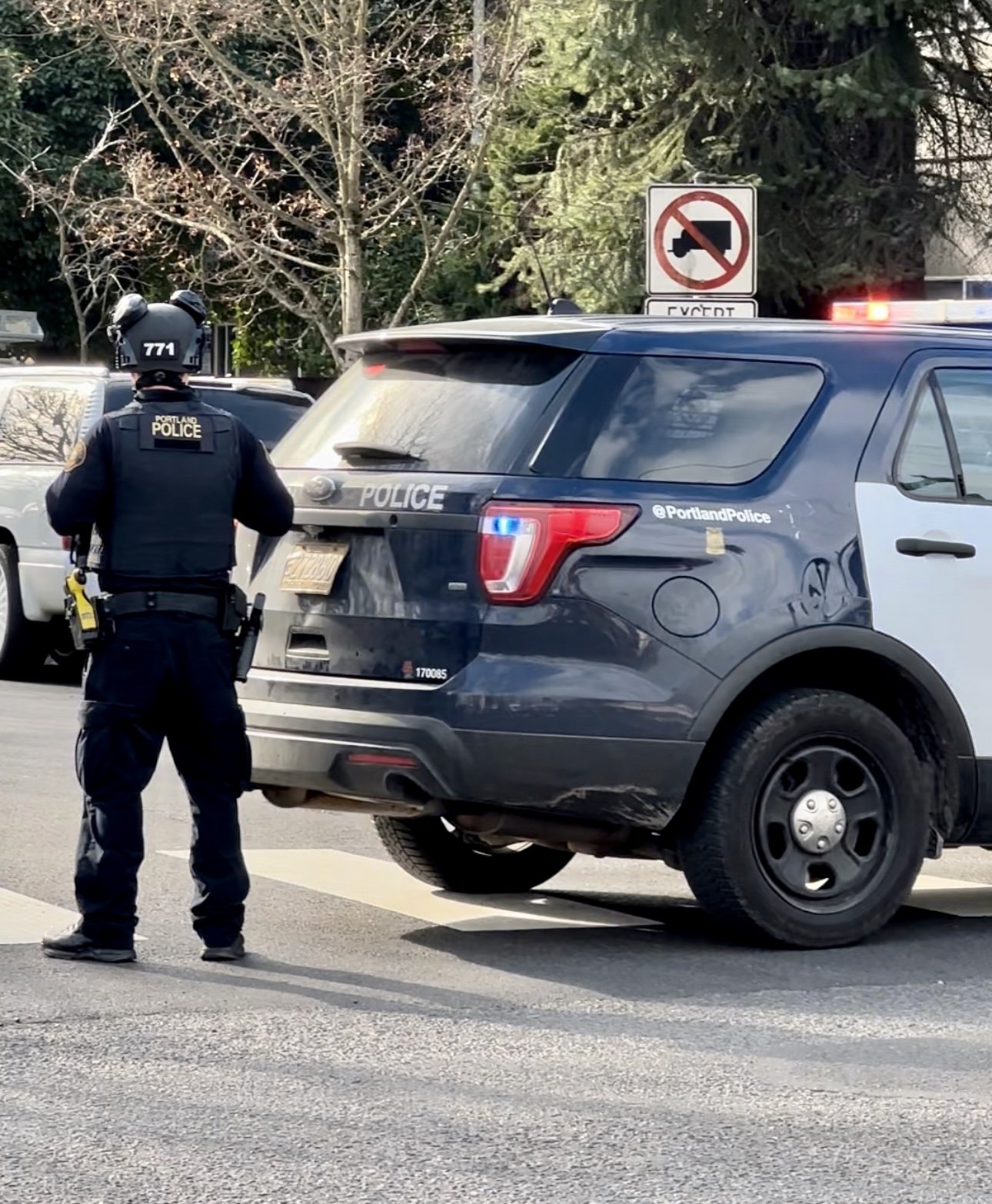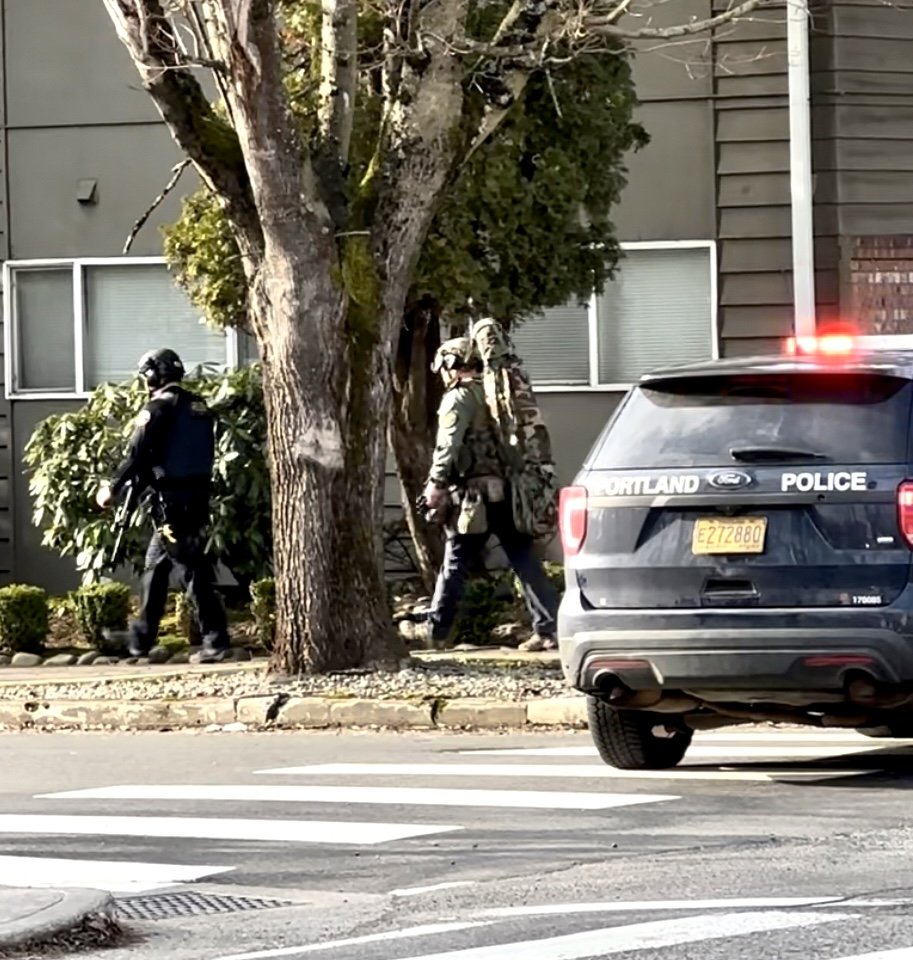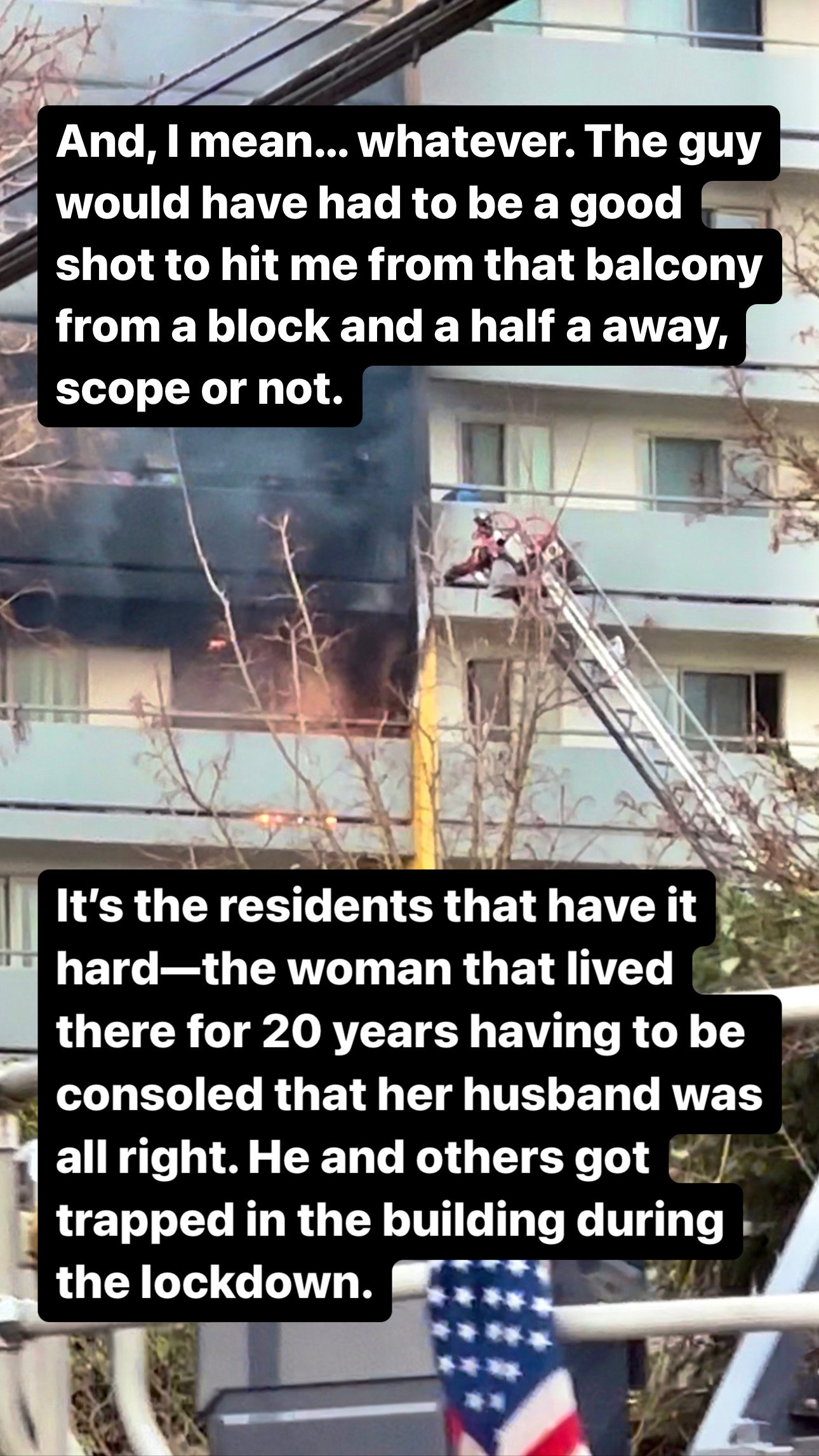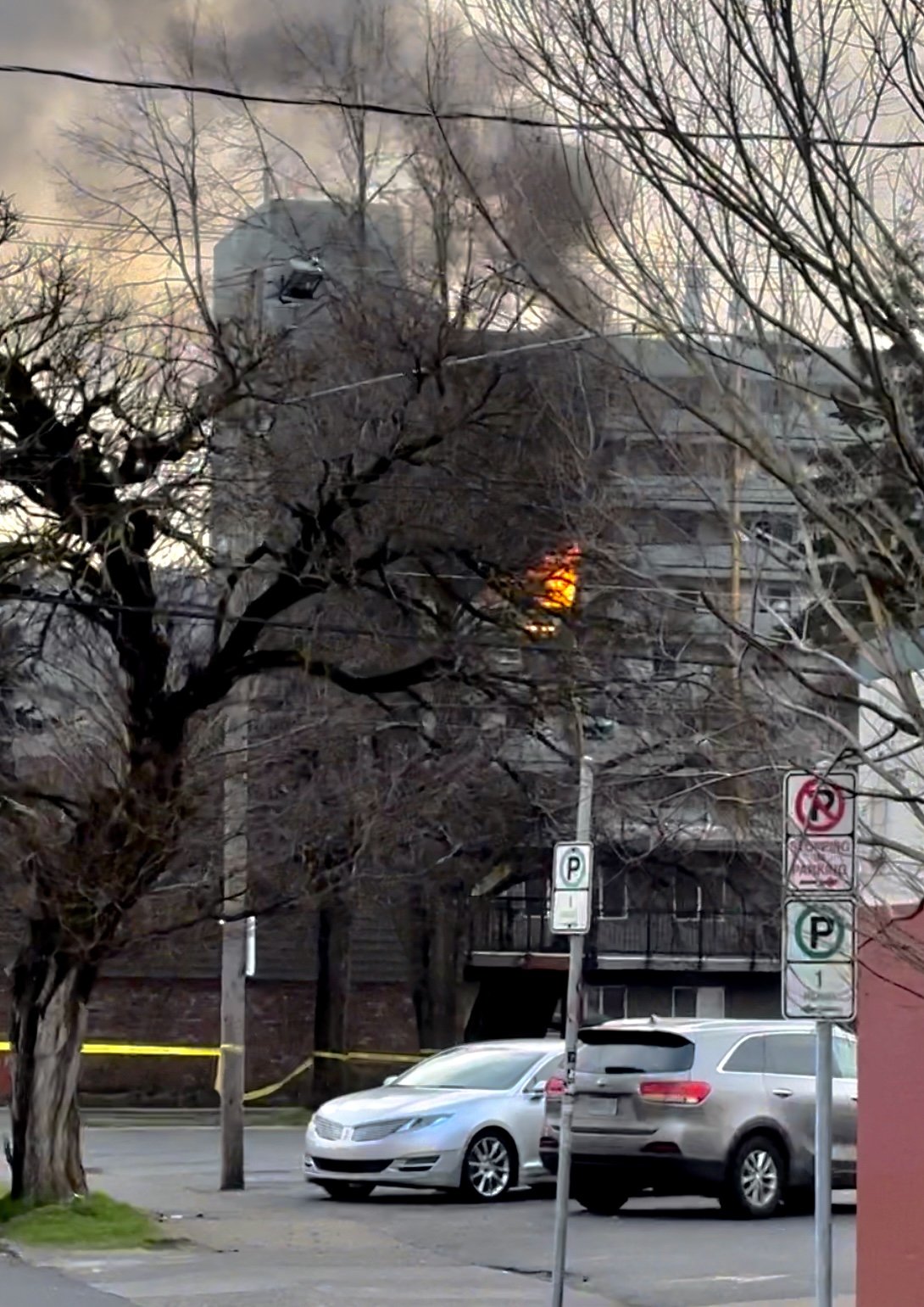BUILDING A STRONGER, MORE EQUITABLE, AND RESILIENT COMMUNITY
Listed below are some of the groups and ways in which I keep myself civically engaged.
-
I’m currently lending my free time to the City of Portland as an advisory committee member overseeing the formation of a new bureau that will centralize and coordinate public safety bureaus. I was motivated to join the board after living through the events of 2020 in Minneapolis. I want to ensure equity in terms of emergency response for all in Portland. When our safety bureaus better represent and understand the diverse population of our city, we will see better outcomes. Much work must be done with regard to building trust and outreach—some of which may be achievable by changes I’ve proposed. Implicit bias coming from someone within a bureau rather than an external trainer may make that material relatable to the professions in question. The introduction of deputy chief roles could permit bureau chiefs to focus on long term goals while deputies handle day-to-day operations. And an improved reporting systems for employees experiencing discrimination or inappropriate behavior in the workplace may help better align bureaus the mission, vision, and values.
We also want to send the correct resources to emergency calls. The City of Portland currently has overworked and understaffed bureaus responding daily to issues created during the pandemic involving addiction and houselessness. Much of this stems from systemic problems created by decades of underfunding mental health systems and the high cost of housing—which are not issues a first responder can address. Repeatedly sending first responders to solve matters they cannot resolve is creating a sense of moral injury. And not every call necessitates a police offer or firefighter. It is our hope that we will be able to direct more specialists to low acuity calls where a crime is not being committed. Alternative responders like CHAT or PSR will likely continue to be leveraged to offload some of that work from primary public safety bureaus. -
I volunteer as an emergency responder as part Portland Neighborhood Emergency Teams. I’ve been trained for disaster response with an emphasis on light search and rescue, field first aid, basic fire suppression, and the Incident Command Structure. I go on deployments when requested by Portland’s Bureau of Emergency Management. Deployments sometimes involve cordoning off downed power lines on behalf of PF&R, pulling shifts at the Emergency Operations Center, helping run the Volunteer Command Center for 2023’s Starlight Parade, or staffing up heating and cooling shelters during inclement weather.
I volunteered two weeks of my time during the debilitating 2024 January Ice Storm by coordinating notes and information between Portland’s various Public Safety and Infrastructure Bureaus during daily coordination calls. I did something similar from inside the Emergency Operations Center as PBEm coordinate a response to the Camp Creek Fire.
When not actively engaged in emergency response, I train for citywide deployments, engage in BEECN radio system tests and checks, and practice as a rescuer in mass casualty drills at the Portland Police Bureau’s Training Division. I manage traffic as necessary after an incident when neither ODOT’s Incident Response trucks or police are unavailable. I provide basic first aid if I come across a situation requiring my skills and consumables.
-
I act as a first responder when the situation arises, like it did when a train struck a semi truck in the fog one night in 2016. The responding fire department was on the opposite side of myself and the semi cab covered with downed power lines and a driver still inside. Since the freight train involved was extremely long and at a complete stop at grade level crossings, it acted as an unmovable metal wall that emergency vehicles could not easily bypass. As such, we on the semi cab side were on our own during a crucial period of time.
I took lead by instructing the driver to stay in the vehicle until we could be sure that the lines were de-energized. I then recruited employees of manufactuers working night shift to help close the road and direct traffic away in the confusion of the dark and fog. -
I participated in the 2023 TriMet Robertson Tunnel Full Scale Exercise as a victim volunteer. Several public safety agencies from a myriad of juristrictions used the Washington Park MAX Station 260 feet below the Oregon Zoo to simulate to different scenarios.
One one side, Portland Police Bureau and the Multnomah County Sheriff’s Office simulated an active shooter scenario inside a stopped light car train. One the other side, various fire departments simulated a sarin gas attack and tested their response in what I can only describe as “full martian gear.”
-
I self-deployed as a CERT member during the civil unrest in Minneapolis following George Floyd’s murder in 2020. I lived in south Minneapolis at the time, and helped aid in clean-up, distribution of food, water, hygiene products, and masks (the pandemic was only two months old at the time).
No matter what you think of that situation, I assure you—it was far more complex and volatile than national news may have narrated the situation. it was Minneapolis’s lack of coordination between CERT and the Minneapolis Fire Department that spurred my interest in returning to Portland, where there was a much better trained and utilized civilian-led and community-based emergency apparatus.
Citizens of Minneapolis created similar groups during that time to provide aid and clean-up… but there was already a FEMA created national program that should have been called upon. Ensuring that a response comes from within a community is crucial not only for cultural competence and trauma-informed response—it also helps identify when external actors with their own agendas may be present while the first responders are busy. -
I wound up being part of a police cordon in the St. John’s neighborhood during an active shooter threat in the Schrunk Building that ended when the armed suspect lighting his apartment on fire. I had been trained by a police agency in Minnesota to direct traffic and did so at the beginning of the event while wearing my CERT jacket. I thought I was helping out in the wake of an accident involving port traffic. That perception changed once I was stopping cars for a amored police vehicle that showed up on scene.
Sidebar: this is why Portland calls its community-based emergency program “NET” rather than the nationally recognized “CERT.” “CERT” in Portland sounds exactly like “SERT,” Portland Police Bureau’s Special Emergency Reaction Team.
It was only a matter of time before I was blocking vehicles from turning off of the busy Lombard Street strip in downtown St. Johns and on to N. Baltimore Avenue, where the shooter was located on the 8th floor of his apartment building. The rest of PPB’s police cordon had dropped back to Lombard and every other street but Baltimore, but the one a block west of me was crouching to avoid being shot. I kept in contact with him by yelling back and forth.
I kept port and end-of-Friday shift traffic from turning and getting trapped by at the cordon at the intersection at N. Ivanhoe on Baltimore (who was unable to fall back one block as directed). I also kept civilians behind hard cover in case the guy started firing in the direction of Lombard on a busy Friday evening.
Several residents evacuated from the tower waited in the bars at the corners surrounding me—and they later become extremely (and very understandably) agitated when the threat actor light his apartment on fire. I had to exercise my best judgement with regard to diplomacy and crowd control to ensure that no one (other than myself) was in the line of fire while this unpredictable man still had access to his patio. -
The Independent Investigations Group Northwest was a volunteer group founded by the Center for Inquiry. The James Randy Foundation offered a $100,000 prize to anyone who could demonstrate—under proper observing conditions—evidence of any paranormal or supernatural.
Our task was to test the claims of people purporting to have, say... psychic abilities. If they proved to be legit, that claimant would get the hundred k, and we'd have an exciting new realm of scientific inquiry to explore. If they failed, we'd all get better at detecting those with delusions, mental health issues, slight of height experts, and flat out con artists.
The first step was an informal demonstration of the claimed ability or phenomenon, which if successful would be followed by the formal test with conditions that both the claimant and investigate group agreed upon.
My job was conducting background checks (which I learned to do while acting as a building manager back in Milwaukee).
We spoke with a few people with claims, but that's as far as it ever went. Claimants would say they could absolutely win the hundred grand wit their abilities. It seemed that someone them were really after the legitimacy of talking to investigators about their alleged powers without ever having them confirmed or denied. -
I was elected on to a neighborhood board back in 2008. I served as the Safety Liason between the Milwaukee neighborhood and 5th District Police Department.
I would attend monthly crime analysis meetings at the police station and relay what I learned back to our neighborhood group—mainly crime trends, what vehicle make and models were should warn residents were likely to be broken in to, etc.
I and fellow board member Howard briefed WISN on camera after two young men (Nathan and Devante) were shot during separate robberies in the neighborhood.
I also put together a Public Safety Seminar for the community through the generous help of martial arts instructor Michael Coleman. The class provided residents with numbers and agencies to call, taught situational awareness, demonstrated ways to avoid conflict, methods of evasion, ways to secure one's hone, and common scams to avoid.


